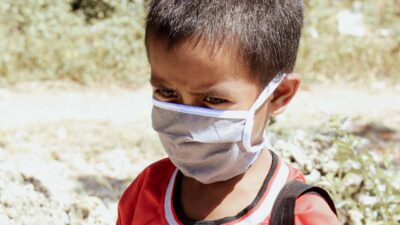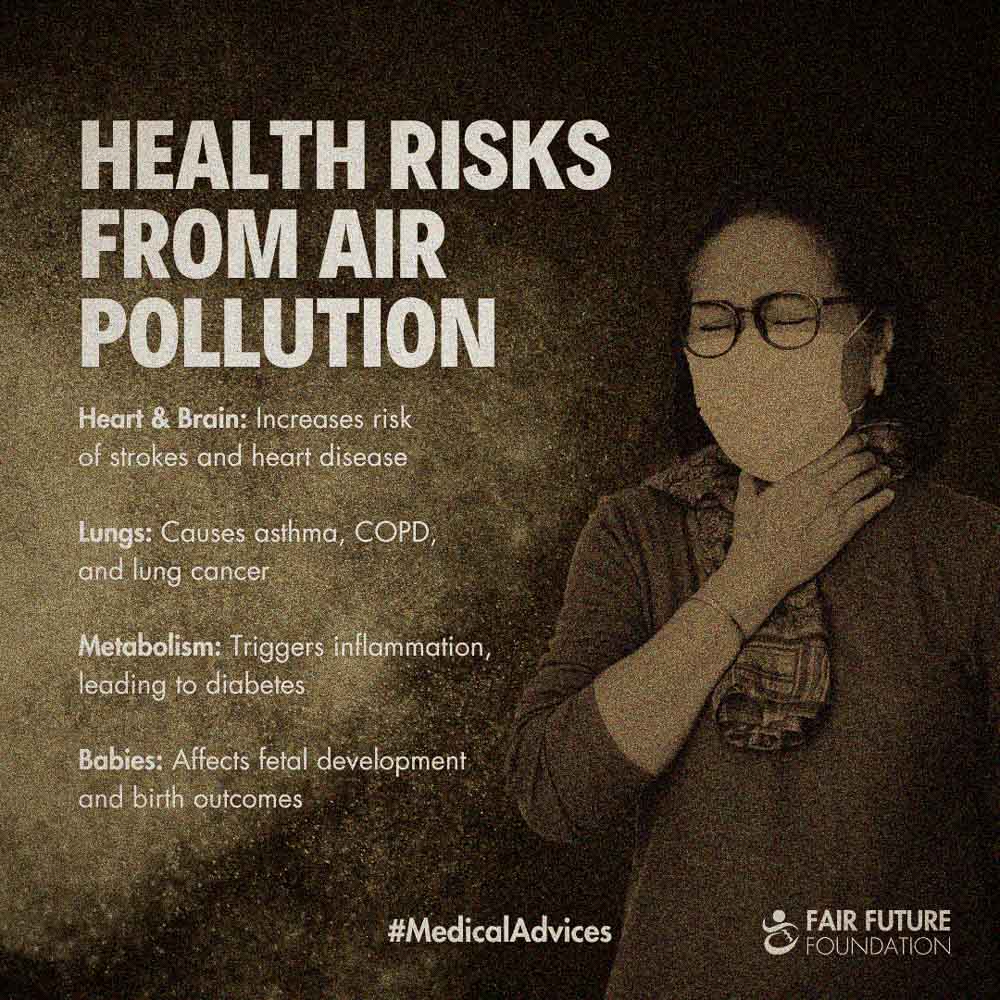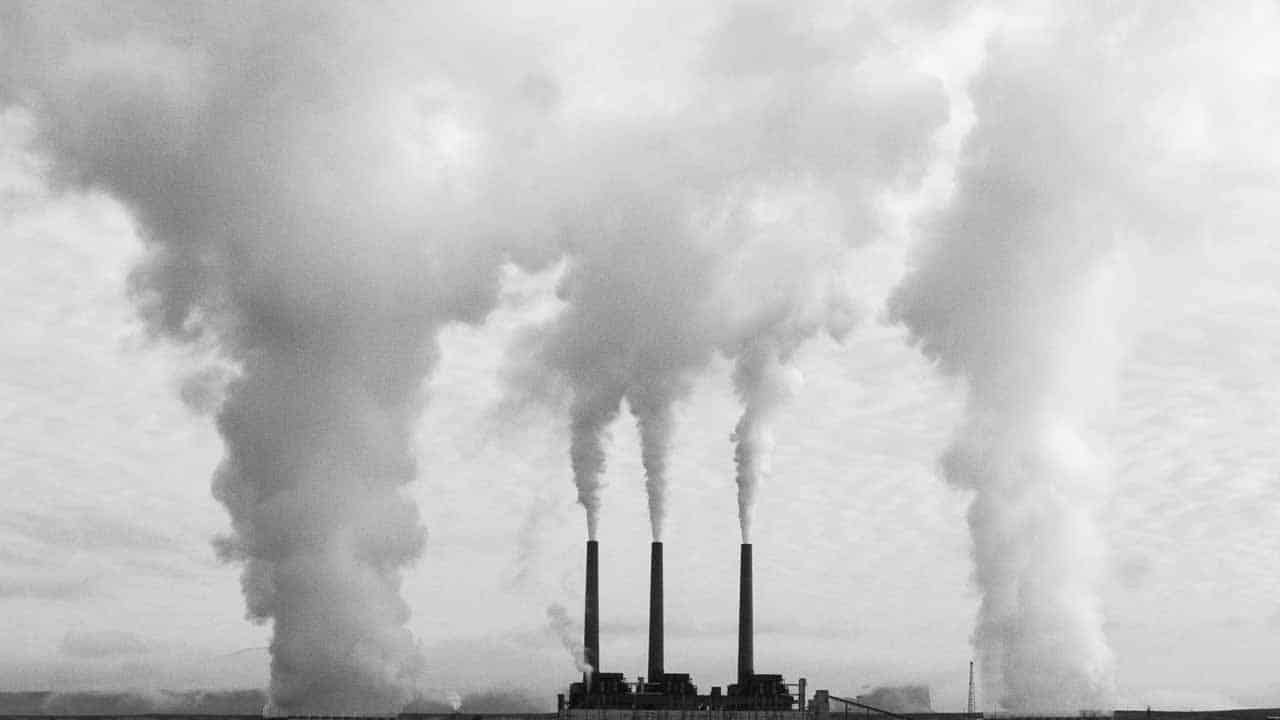How Air Pollution Harms Vital Organs and Risks Global Health
Fine particles quietly cause heart disease, lung damage, and cognitive decline.

Fine particles from air pollution infiltrate the lungs and bloodstream, causing serious health damage.
The Hidden Danger: The Impact of Air Pollution on Essential Organs and Steps We Can Take
Each breath we take connects us directly to our environment. However, in countries like Indonesia—one of the most polluted globally—this basic act has turned into a significant health hazard. Air pollution, especially fine particulate matter (PM2.5), is now acknowledged as the primary cause of illness and premature death in the nation. It quietly enters the body, inflicting serious harm to vital organs, including the lungs, heart, and brain, and even affecting unborn children. Recognising these risks is essential for us to advocate for cleaner air and improved health.
What Are PM2.5 Particles and Why Are They Hazardous?
PM2.5 consists of fine particulate matter measuring less than 2.5 micrometres in diameter—roughly 30 times smaller than a human hair. These tiny particles mainly arise from the combustion of fossil fuels, industrial processes, vehicle exhaust, and burning biomass. Their minute size renders them particularly hazardous. Unlike larger particles, which are trapped by the nose and upper airways, PM2.5 penetrates deeply into the lungs, enters the bloodstream, and disseminates throughout the body. Once inside, these particles cause inflammation, oxidative stress, and prolonged organ damage.

Fine particles from air pollution infiltrate the lungs and bloodstream, causing serious health damage.
Effects on the Lungs and Respiratory System
Air pollution primarily impacts the lungs. Prolonged exposure to contaminated air consistently irritates the airways, complicating breathing. This is especially detrimental for those with asthma or chronic obstructive pulmonary disease (COPD), as pollution can exacerbate their symptoms, resulting in more frequent attacks and hospital admissions. Extended exposure raises the likelihood of lung infections, lung fibrosis, and even lung cancer. Research indicates that children raised in heavily polluted environments develop weaker lungs, potentially causing lasting respiratory issues.
Air Pollution and Heart Health
Air pollution poses a serious risk not only to respiratory health but also to cardiovascular well-being. Fine particles that enter the bloodstream can trigger inflammation in blood vessels, resulting in high blood pressure, blocked arteries, and a heightened risk of heart attacks and strokes. This ongoing damage contributes to the progression of cardiovascular diseases. Research conducted in highly polluted urban areas reveals a direct link between low air quality and a rise in hospital admissions for heart-related issues.
Neurological Effects: The Impact of Air Pollution on Brain Health
Studies show air pollution harms cognitive function and brain health. PM2.5 particles can reach the brain, causing neuroinflammation and raising the risk of Alzheimer’s and dementia. Children exposed to high pollution levels exhibit reduced cognitive abilities, concentration challenges, and increased risk of neurodevelopmental disorders. This highlights the urgent need to address pollution for physical, mental, and neurological health.

Fine particles from air pollution infiltrate the lungs and bloodstream, causing serious health damage.
The Hidden Consequences on Metabolism and Pregnancy
Air pollution affects not just the lungs, heart, and brain but also contributes to metabolic disorders. Long-term exposure to fine particles increases insulin resistance, linked to the rise in type 2 diabetes, and weakens the immune system, making individuals more susceptible to infections and chronic diseases.
For pregnant women, the risks are higher. Research shows that PM2.5 exposure during pregnancy can lead to low birth weight, premature delivery, and developmental challenges in infants. Pollution’s impact begins before birth, highlighting the need for improved air quality to protect future generations’ health.
How Can We Reduce Air Pollution?
Despite the challenges, individuals and communities can take concrete actions to improve air quality:
- Reduce fossil fuel use: Switch to cleaner energy, lower vehicle emissions, and promote public transport to significantly lower pollution.
- Minimize exposure: Wear masks on high-pollution days, use indoor air purifiers, and avoid outdoor activities during peak hours to reduce health risks.
- Support policy changes: Advocate for stricter environmental regulations and investments in clean energy for long-term improvements.
Raise awareness: Educate communities about air pollution dangers and protective measures to foster collective action.
Air pollution, an invisible threat, impacts millions. By improving air quality—individually and collectively—we can lessen its harmful effects on health and the environment. Clean air is a fundamental right; it is time to act for our health and future generations.
Today, February, the 4th, 2025 – Alex Wettstein
About this topic on our Instagram page
List of Related Organizations with Hyperlinks
- World Health Organization (WHO) – WHO leads global efforts to study air pollution’s effects on public health and advocate for cleaner air worldwide.
- Air Quality Life Index (AQLI) – A research initiative measuring the impact of air pollution on life expectancy and public health outcomes.
- Environmental Defense Fund (EDF) – An organization dedicated to reducing pollution, protecting ecosystems, and supporting sustainable energy.
- Global Alliance on Health and Pollution (GAHP) – Works to combat toxic pollution, with a focus on air quality and its impact on public health.
- Clean Air Task Force (CATF) – Advocates for clean energy solutions and policies to reduce air pollution and greenhouse gas emissions.
- BreatheLife Campaign (UNEP) – A global initiative promoting clean air strategies to improve health and reduce pollution-related deaths.












